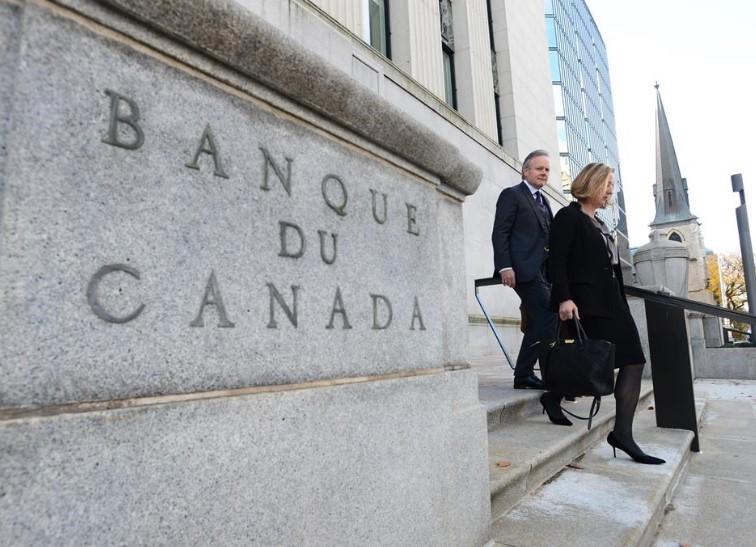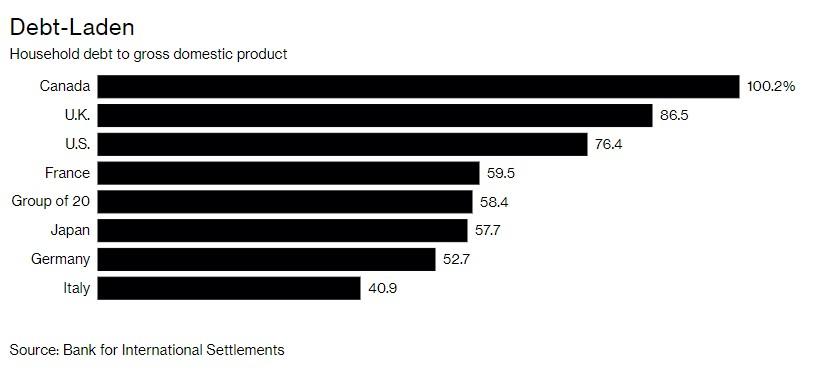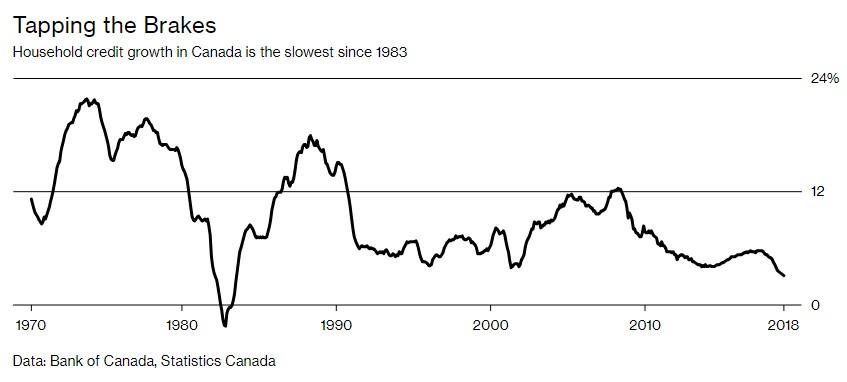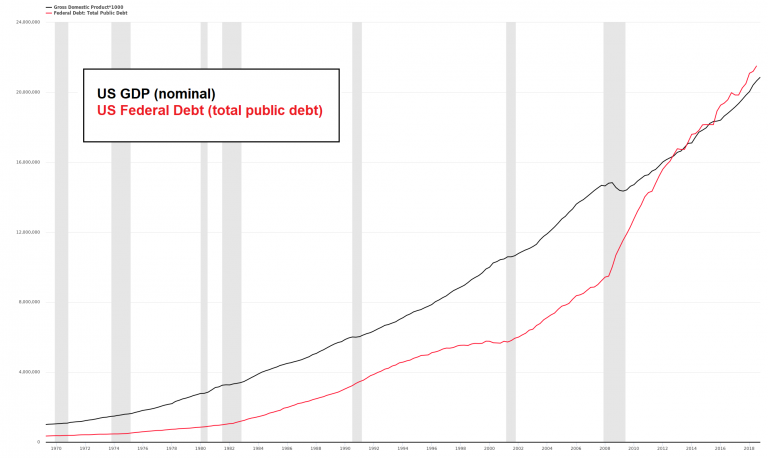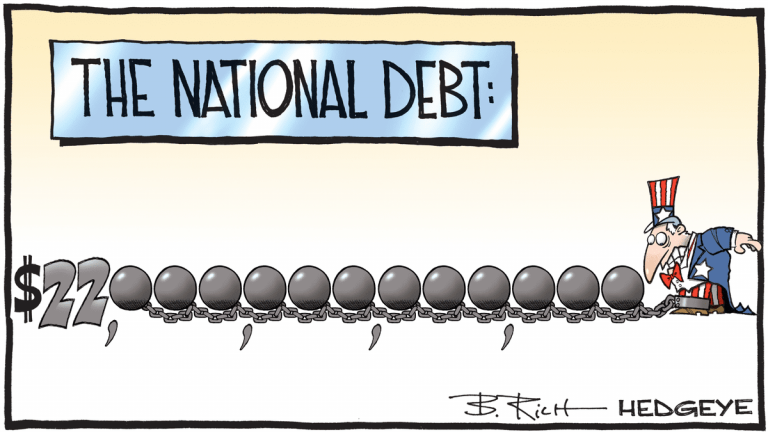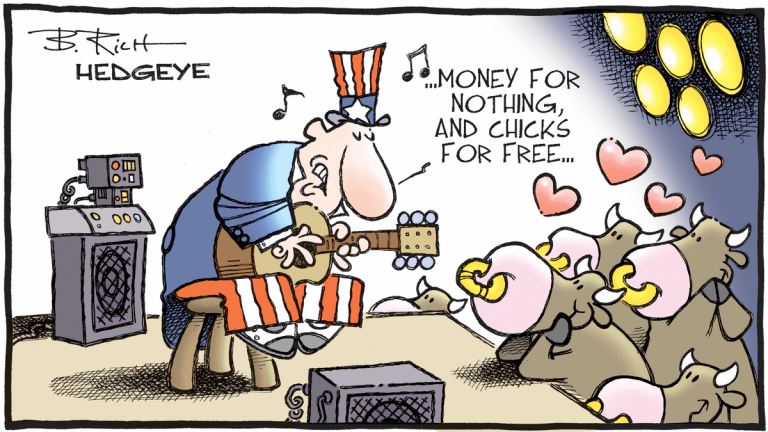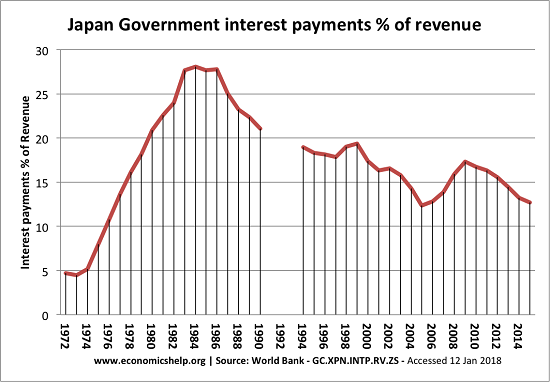Authored by Dagny Taggart via The Organic Prepper blog,
A recent report from Kaiser Health News raises serious concerns about the spread of “medieval diseases” that are resurging in some parts of the US.
“Infectious diseases – some that ravaged populations in the Middle Ages – are resurging in California and around the country, and are hitting homeless populations especially hard,” the report explains.
Los Angeles recently experienced an outbreak of typhus — a disease spread by infected fleas on rats and other animals — in downtown streets. Officials briefly closed part of City Hall after reporting that rodents had invaded the building.
People in Washington state have been infected with Shigella bacteria, which is spread through feces and causes the diarrheal disease shigellosis, as well as Bartonella quintana, which spreads through body lice and causes trench fever.
Hepatitis A, also spread primarily through feces, infected more than 1,000 people in Southern California in the past two years. The disease also has erupted in New Mexico, Ohio and Kentucky, primarily among people who are homeless or use drugs. (source)
These diseases will eventually spread to the public.
While the outbreaks are occurring primarily among the homeless, public health officials warn that these diseases can easily spread outside of that population.
Terms like “disaster” and “public health crisis” are being used to describe the outbreaks.
In his State of the State speech in February, California Governor Gavin Newsom warned, “Our homeless crisis is increasingly becoming a public health crisis,” citing outbreaks of hepatitis A in San Diego County, syphilis in Sonoma County, and typhus in Los Angeles County.
“Typhus,” he said. “A medieval disease. In California. In 2019.”
The diseases sometimes are referred to as “medieval” because people in that era lived in squalid conditions without clean water or sewage treatment, said Dr. Jeffrey Klausner, a professor of medicine and public health at UCLA.
The growing homeless population means more outbreaks are likely.
The report goes on to explain that the homeless population has grown in the past two years, and infectious diseases spread quickly and widely among those who are living outside or in shelters.
“About 553,000 people were homeless at the end of 2018, and nearly one-quarter of homeless people live in California,” the report says.
Sidewalks contaminated with human feces, crowded living conditions, weakened immune systems and limited access to health care are all factors contributing to the proliferation of these medieval diseases.
People living on the streets or in homeless shelters are vulnerable to such outbreaks because their weakened immune systems are worsened by stress, malnutrition. and sleep deprivation. Many also have mental illness and substance abuse disorders, which can make it harder for them to stay healthy or get health care. (source)
Dr. Glenn Lopez, a physician with St. John’s Well Child & Family Center, who treats homeless patients in Los Angeles County, described what conditions are like for people living on the streets.
“The hygiene situation is just horrendous. It becomes just like a Third World environment where their human feces contaminate the areas where they are eating and sleeping,” he said.
Don’t be fooled into thinking you are safe from these diseases.
Those infectious diseases are not limited to homeless populations, Lopez warned. “Even someone who believes they are protected from these infections are not.”
At least one Los Angeles city staffer said she contracted typhus in City Hall last fall. And San Diego County officials warned in 2017 that diners at a well-known restaurant were at risk of hepatitis A.
There were 167 cases of typhus from Jan. 1, 2018, through Feb. 1 of this year, up from 125 in 2013 and 13 in 2008, according to the California Public Health Department. (source)
Typhus is a bacterial infection that can cause a high fever, stomach pain, and chills. It usually can be treated with antibiotics. Outbreaks are more common in overcrowded and trash-filled areas that attract rats. Clusters of the flea-borne disease were reported in downtown Los Angeles and Compton last fall. Health officials said they also have occurred in Pasadena, likely due to people feeding stray cats that are carrying fleas.
In February, the county announced another outbreak in downtown Los Angeles that infected nine people, six of whom were homeless. After city workers said they saw rodent droppings in City Hall, Los Angeles City Council President Herb Wesson briefly shut down his office to rip up the rugs, and he also called for an investigation and more cleaning. (source)
There were 948 cases of hepatitis A in 2017 and 178 in 2018 and 2019, the state public health department said. That outbreak killed 21 people.
Hepatitis A is caused by a virus and is usually transmitted when people come in contact with feces of infected people. Most people eventually recover on their own, but the disease can be very serious for those with preexisting liver conditions.
Pneumonia and tuberculosis also occur among homeless populations, but are more often seen in shelters.
Infectious disease outbreaks are a public health disaster.
Dr. Jeffrey Duchin, the health officer for Seattle and King County, Washington, said the infections around the country are not surprising. The lack of attention to housing and health care for the homeless and the lack of bathrooms and places to wash hands are contributing to the problem, he explained.
“It’s a public health disaster,” he said. He has seen shigellosis, trench fever, and skin infections among homeless populations in his region.
“It really is unconscionable,” said Bobby Watts, CEO of the National Health Care for the Homeless Council, a policy and advocacy organization. “These are all preventable diseases.”
These diseases will become a widespread problem if the SHTF.
If outbreaks like these are beginning to spread among the population now, can you imagine what things will be like if the SHTF?
If you think it can’t happen here, you’d be mistaken.
Just take a look at what happened in Puerto Rico after Hurricane Maria hit. Selco has outlined – in tragic detail – what life was like after SHTF after the Balkan War of the 90s.
In the article Venezuela Faces the Return of Forgotten Diseases, Jose explained that tuberculosis, diptheria, ehrlichiosis (a tropical variation of Lyme disease), and leishmaniasis are spreading quickly and are hard to treat due to the lack of medication and proper nutrition.
As Lizzie Bennett explained in Disease: 10 Conditions That Will Become Far More Common After A Collapse, “Many diseases are opportunists, they will surface at a time the conditions are right for them to flourish and most often this is at a time when humans really could do with concentrating on other stuff.” She goes on to outline ten diseases (typhoid is one of them) “that will make their presence felt after a major, long term, disaster be it war, societal collapse or in some cases even an economic downturn.”
For more on avoiding infection with contagious disease now and after SHTF, please see 5 Simple Pieces of LIFESAVING Medical Knowledge and The Grim Reality of Survival Medicine in Austere Conditions.
via ZeroHedge News http://bit.ly/2TVKQMl Tyler Durden




